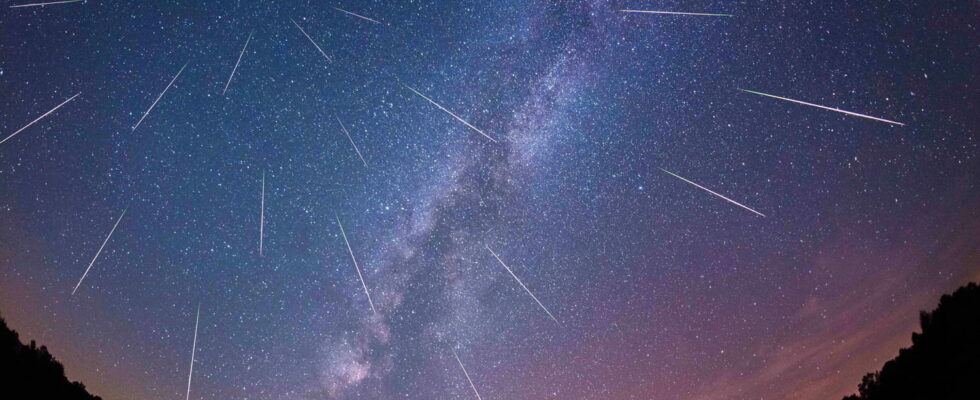The Perseids, the shooting stars of summer, are about to reach their peak of activity. It’s the perfect time to enjoy this event and make lots of wishes!
The Perseids promise us a breathtaking spectacle every year. With several dozen meteors per hour, it is the most spectacular meteor shower of the year. This unmissable event for astronomy lovers becomes particularly unforgettable this August thanks to observation conditions that promise to be excellent. Here is all the information you need to know to not miss this event.
If the Perseids are so eagerly awaited by astronomy enthusiasts, it is because at the time of their peak, which will occur on the night of Sunday 11 to Monday 12 August, up to 70 meteors can be observed per hour with the naked eye. No need for a telescope! Whether you are an amateur astronomer or simply curious, it is time to discover the beauty of the celestial vault and make your wishes come true!
Behind this magnificent meteor shower is comet 109P-Swift-Tuttle, which orbits the Sun every 133 years. Every year, Earth crosses the orbit of this comet and encounters the cloud of debris it leaves behind. As it passes through our planet’s atmosphere, this debris heats up and creates the luminous trails that we see from Earth.
To maximize your chances of seeing as many shooting stars as possible, it is best to locate yourself in a less urbanized area in order to limit the light pollution that makes the sky milky and hinders observations. We also advise you to cover yourself to avoid getting cold and to prepare a hot drink. For the most assiduous, the most comfortable thing is to settle down on a deckchair to avoid neck pain and enjoy this magical event for as long as possible. Also keep an eye on the weather forecast which will indicate the presence of clouds that could obscure the sky and spoil the show. If the forecast is bad, do not despair: the Perseids extend over several weeks until August 24. You can try your luck the following days with perhaps more success!

